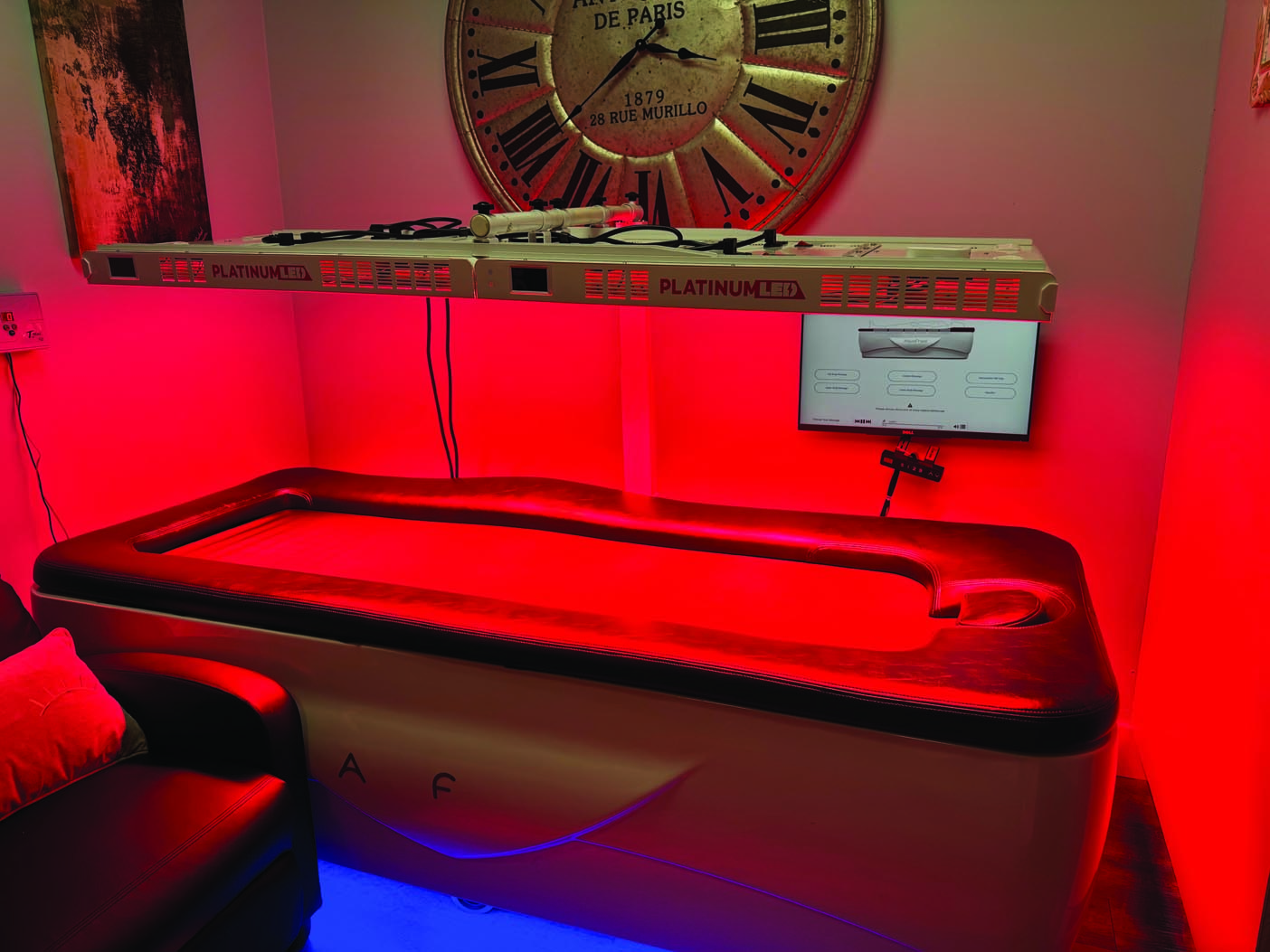This month, my research took me “doggedly” to the Skin Cancer Facts and Statistics site, provided by the Skin Cancer Foundation: skincancer.org/skin-cancer-information/skin-cancer-facts/
[gap height=”15″]
Oh. My. Gosh. So much to “gnaw” on, but here’s a real gem: The cost of direct medical care for skin cancer cases attributable to indoor tanning is $343.1 million annually in the U.S.
[gap height=”15″]
“Direct costs attributed to indoor tanning?” Let’s peruse the site for actual footnoted research. (Do they really think no one will check?)
[gap height=”15″]
Well, here you go: “We estimated the number of cases of health care conditions that are causally associated with exposure to tanning devices in the United States, and calculated the costs of medical care for treating these cases.” As I read that, loud sirens went off – estimated? Well, that’s quite a stretch to get to your conclusion.
[gap height=”15″]
Understand that according to the Surveillance, Epidemilogy and End Results Program (SEER), incidence of both basal cell and squamous cell carcinomas are estimated, as both are typically treated on an outpatient basis. Estimated! Melanoma incidence and fatalities are both tracked, finding mostly older, white males in both categories in the majority. So, they estimated case numbers and went on with the study. How logical. As for the word “causally,” I had to it look up. Def: without commitment or permanence; occasionally or irregularly. And with those two shaky-at-best methods, away they went!
[gap height=”15″]
Their Results: There were nearly 9,000 incident cases of melanoma, more than 86,600 cases of SCC and 168,000 cases of BCC attributable to use of tanning devices in the U.S. in 2015. Apparently, they conclude that even just one exposure from any tanning device, for any length of time (60 seconds?) with any type of lamp will lead to skin cancer. What about one’s total natural sunlight exposure over their lifetime? What about the total number of sunburns they had? How do they make a distinction? How do you discern, separately, that indoor tanning was responsible, not overall lifetime sunlight exposure? (Crickets.)
[gap height=”15″]
Their Conclusion: The direct annual cost of medical care for these cases is $343.1 million, and they will lead to a total economic loss of $127.3 billion over the lifetime of the individuals affected. Use of tanning devices is a significant contributor to illness and premature mortality in the U.S., and also represents a major economic burden in terms of the costs of medical care and lost productivity.
[gap height=”15″]
Well, there you have it! Look, don’t believe everything you read, even though we know that if it’s on the internet, it’s true … NOT.
[gap height=”15″]
Team IST searches for erroneous, suspect or negative reporting by the media that adversely impacts the tanning industry. Reports such as these have plagued tanning businesses for decades. Although the media sources will seldom admit a falsehood and print a retraction, IST offers these well-crafted responses to the negative reports that can be shared with your customers and potential customers, alike.
























